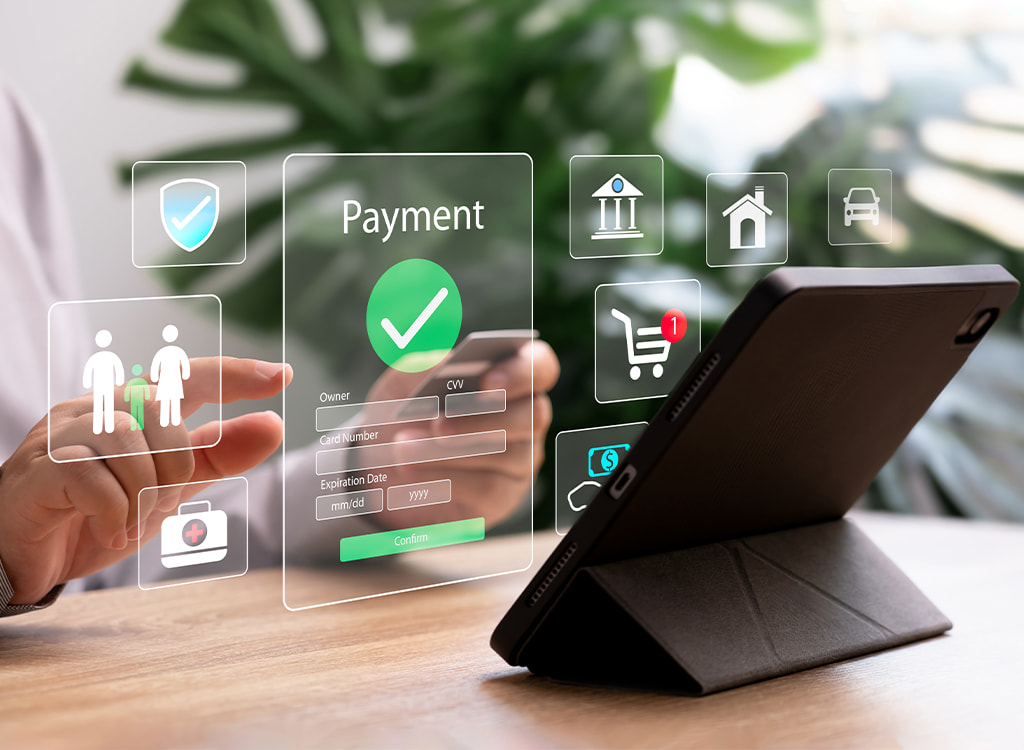Overview of the Security of Google Pay
If you are worried about the risks associated with making payments online, you will be delighted to hear of the high level of security of Google Pay – a popular e-wallet with many applications. Join us in investigating the features of this payment platform and how it works.

Summary of Google Play’s Security Settings
The key to the high security of the Google Pay app lies in its features. Those include tokenisation, encryption, and biometric authentication. The app also offers two-factor authentication for extra protection and complies with GDPR regulations for data privacy. Together, these measures take the app ahead of traditional payments and traditional digital wallets. Find more details by choosing which part of the article to read next.
Security Features
Google Pay’s security policy has driven the implementation of several key measures to protect users’ personal and financial data. These include advanced features like tokenisation, encryption, and biometric authentication. We’ll take a look at each one to explain how they benefit you as a user.
- Tokenisation – Google Pay uses device tokenisation to protect user information. When a user adds a card, a unique Device Primary Account Number (DPAN) is generated, replacing the actual card number during transactions. This virtual account number ensures that sensitive card details are never exposed to merchants[1].
- Encryption – Google Pay uses encryption to protect data both in transit and at rest. This means that when information is transferred during a transaction, it is encrypted to prevent unauthorised access. Additionally, data stored on secure Google Pay servers[2] is encrypted.
- Biometric Authentication – The app offers biometric authentication, including fingerprint recognition and facial recognition. These methods are highly secure, as they rely on unique biological characteristics that are difficult to replicate.
- Two-Factor Authentication – Two-factor authentication (2FA) is another vital component, which is incredibly useful when you play at casinos that accept Google Pay. When enabled, users must verify their identity using a second factor, such as a one-time code sent to their phone, in addition to their password or biometric data.
Data Privacy Measures
Google Pay is committed to protecting users’ privacy through safe data management practices and compliance with stringent regulations. The app collects essential information to improve functionality and security, but it ensures transparency in how this data is handled. Users are empowered with control over their personal information, from reviewing and modifying stored data to managing how it is shared.
Google’s Data Collection Practices
Like other Google services, collects certain data to improve functionality and security. This includes transaction details, location, device information, and app usage statistics. However, Google is transparent about its data collection and allows users to control some aspects of it.
User Control Over Data
Google Pay provides users with extensive control over their personal data. Users can review, modify, and delete stored information through the Google Pay app’s settings. Additionally, the app offers privacy settings that allow users to control how their data is shared with third parties.
Compliance with UK and EU Regulations
As a service operating in the UK, Google Pay is fully compliant with the General Data Protection Regulation (GDPR), ensuring that users’ personal data is handled with care. This compliance includes offering transparency about data collection, providing the right to access and delete data, and ensuring that data is processed only with the user’s consent.
Comparison with Other Payment Methods
When comparing Google Pay’s security features to traditional card payments, it stands out due to its advanced technological solutions, such as tokenisation and biometric authentication, which traditional cards lack. Traditional card payments leave users more vulnerable to fraud, especially in scenarios like online shopping where card numbers are directly entered.
In comparison to other digital wallets like Apple Pay and Samsung Pay, Google Pay offers comparable security measures, including tokenisation, encryption, and biometric authentication. All three digital wallets provide a high level of security, though the ecosystem in which they operate may influence user preference (e.g., Android vs. iOS compatibility).
Best Practices for Users
To maximise security when using Google Pay, users should follow established practices such as enabling biometric authentication and creating a strong password. Find below the best practices described in more detail.
- Enable Biometric Authentication: This adds a strong layer of protection to your app that prevents unauthorised logins.
- Monitor Account Activity: Regularly checking for suspicious activity emails helps catch potential issues early.
- Set Up Two-Factor Authentication: This makes it more difficult for unauthorised users to access your account.
- Use Strong Passwords: Ensure your Google account, linked to Google Pay, has a complex and unique password.
Addressing Common Concerns
Google takes user security seriously, and that’s why it makes every effort to address common concerns through its security features. Users are offered effective protection from the negative effects of things like lost or stolen device, unauthorised transactions, and potential data breaches. The Google Pay app that users can confidently manage their transactions, without putting their data and money at risk.
Lost or Stolen Devices
In the event that a user’s device is lost or stolen, Google Pay provides a reliable solution. Users can remotely lock their phone using Google’s Find My Device service, preventing unauthorised access to the Google Pay app. Additionally, since Google Pay does not store actual card numbers, the risk of fraud is minimised even if someone gains access to the phone.
Unauthorised Transactions
Google Pay provides fraud protection through its payment partners, meaning users are not liable for unauthorised transactions made through the app, provided they report the issue promptly. Google’s security team also continuously monitors for fraudulent activity.
Data Breaches and Google’s Response
While no system is immune to breaches, Google has a strong track record of responding to such incidents. Google Pay uses multiple layers of security to reduce the likelihood of a breach, and in the event of one, it provides swift notifications and guidance to affected users on what steps to take.
Future of Security in Google Pay
As the digital payments landscape evolves, so too do the threats against it. Google Pay is continually developing new features to stay ahead of these threats. For instance, there is ongoing work on improved encryption algorithms, better AI-based fraud detection, and further integration of blockchain technology to ensure even higher levels of security in the future.
Additionally, Google is focused on preparing for evolving security threats in the digital world. This includes improving protections against social engineering attacks and other sophisticated forms of cybercrime.
Conclusion
At the end of the day, it all boils down to how safe is Google Pay actually? After reviewing the features of the platform, we can conclude that more than enough has been done by the developer to ensure users’ safety. As digital payments continue to grow in popularity, Google Pay’s commitment to improving safety and privacy puts it in a position to provide users with peace of mind that not many other platforms can ensure.
References
- Google inc. Device Tokenization. Available at: https://developers.google.com/pay/issuers
- Google inc. Protect Your Google Pay Information. Available at: https://support.google.com/googlepay/answer/7643925
